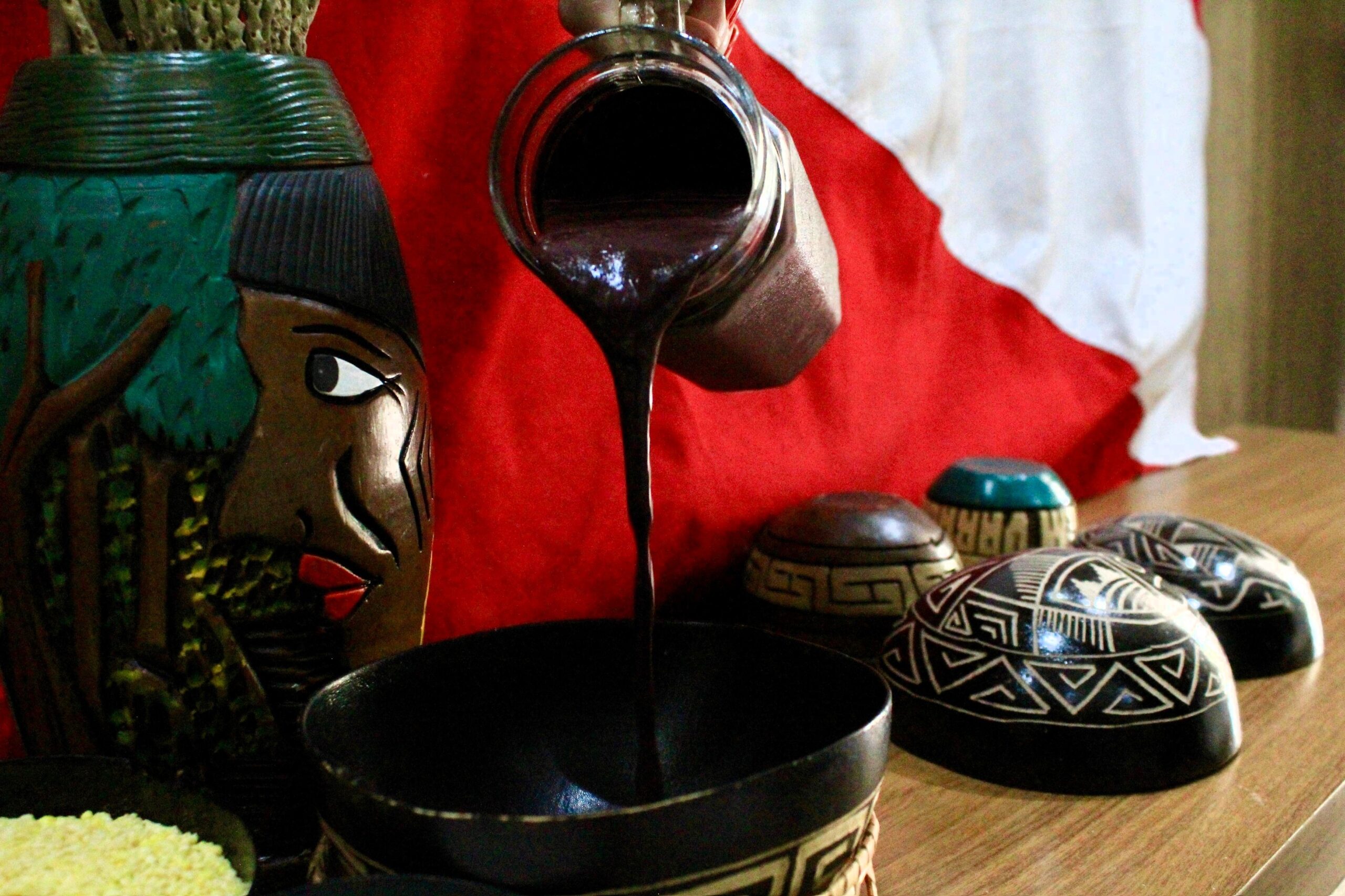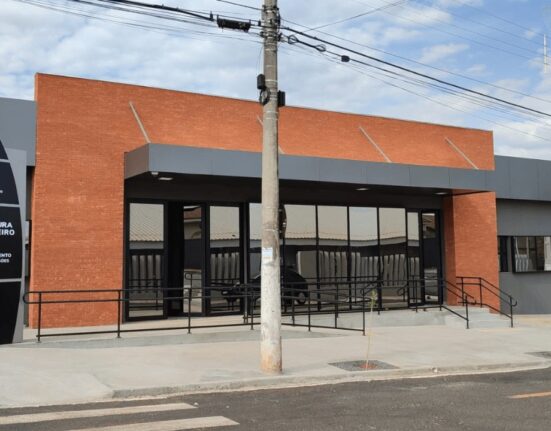In the bustling city of São Paulo, the açaí experience has taken an unexpected turn from its traditional roots in the Amazon rainforest. The açaí consumed in São Paulo bears little resemblance to the original fruit enjoyed in the Amazon. Renowned in the capital for its sweet flavor and creamy texture, it is often served with bananas, granola, and powdered milk, a far cry from its humble origins. In the Amazon, açaí is a staple in the daily diet, commonly accompanied by flour, fried fish, or shrimp. Andréa Brito, the owner of a Northern products specialty store in the city, explains the essence of authentic açaí, stating, “To be truly ‘rooted,’ açaí should contain nothing but the fruit and water in its composition.” However, she acknowledges that local preferences often lean towards a sweeter version, admitting, “I do add a little sugar to mine, and many Northerners do the same.”
Nutritionist Fabiana Poltronieri from the Brazilian Nutrition Association sheds light on the health benefits of açaí, highlighting its natural richness in calories, good fats, fibers, and antioxidants. Nevertheless, the transformation of açaí to cater to São Paulo’s palate involves the addition of various ingredients. Andréa notes, “It often includes mixtures like syrups, stabilizers, flavorings, and many other additives that actually turn it into an açaí ice cream.” Fabiana warns that these variations can significantly increase the calorie content, especially when toppings such as ice cream, condensed milk, or brigadeiro are added, turning the açaí bowl into a less healthy calorie bomb.
The journey of açaí from the Amazon to São Paulo entails careful processes to ensure its safety and quality. The pulp undergoes pasteurization and freezing immediately after extraction to extend its shelf life and maintain its essential nutrients. Pasteurization involves rapid heating to eliminate microorganisms, as Fabiana explains, emphasizing that this method helps preserve the vital nutrients within the fruit. However, logistical challenges persist, impacting the regular availability of these products in the city due to transportation delays and freight issues.
Despite the traditional customer base at the Empório Amazônico being primarily Northerners, an increasing number of São Paulo locals are embracing the authentic açaí experience. Individuals like Gustavo Chawiche and Mariana Saito have transitioned from the more common sweetened versions to enjoying açaí in its pure form, appreciating its health benefits and original taste. Mariana even suggests that the natural açaí consumed in this manner is healthier than the creamy, commercial versions popular in São Paulo.
The cultural significance of açaí extends beyond its nutritional value. For Andréa, the “rooted” açaí represents not just a food item but a cultural experience. She notes how even her local employees, originally from São Paulo, have found it challenging to return to the commercialized versions after tasting the authentic açaí. It has become a transformative journey for those seeking a deeper connection to the gastronomic heritage of a region where this rich fruit sustains many families.
As a nutritionist, Fabiana emphasizes the importance of prioritizing whole and minimally processed foods in our diets, underlining the value of authentic, unadulterated açaí in promoting a healthier lifestyle. The quest for natural, nourishing foods is an ongoing endeavor that shapes our culinary choices and impacts our well-being. The search for authenticity and purity in our food choices reflects a deeper connection to our roots and traditions, enriching our culinary experiences and fostering a greater appreciation for the diverse flavors and textures nature has to offer.
In a city teeming with culinary diversity, the emergence of authentic açaí outlets provides a gateway to explore the rich tapestry of flavors and traditions from the Amazon. For those seeking the genuine açaí experience in São Paulo, establishments like Empório Amazônico and Namazônia Restaurante offer a taste of the unadulterated fruit, inviting patrons to savor the essence of this revered Amazonian superfood. The journey from the Amazon to São Paulo is not just a physical distance but a cultural bridge that connects two worlds through the shared love for açaí, showcasing the power of food to transcend boundaries and unite us in a celebration of flavor, health, and heritage.









Leave feedback about this